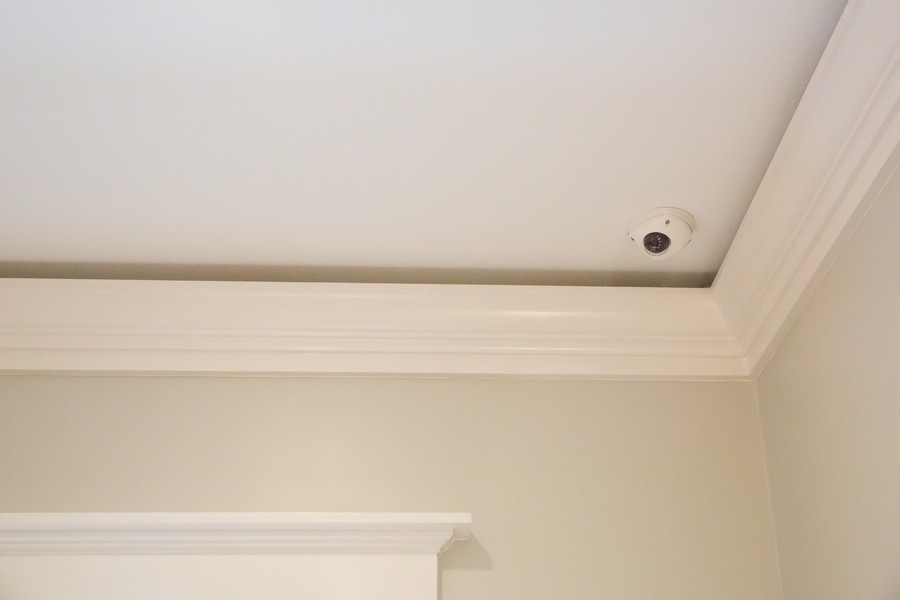What to Look for and Avoid in Security Camera Systems
Choosing the Right Security Camera System for Your Home
This month, we will start a three-part blog series on a critical issue for your Salt Lake City, UT, home—keeping it safe. Fortunately, today's smart technology makes that task easier and more cost-efficient than ever. Much of it is made possible by the power of smart cameras that now have features for residential use that, not long ago, were the exclusive province of commercial surveillance systems.
Quite a few solutions exist in the realm of security cameras. This first blog of the series will cover what you should look for and avoid in these security camera systems. Stay tuned to this space later this month as we cover video surveillance and integrated smart security systems. Ready? Please stay with us!
SEE ALSO: Protect Your Home with a Modern, Intelligent Security Camera System
Why Security Cameras?
You might wonder, do I really need security cameras? We can’t tell you definitively, but here’s why we highly recommend them. First, it can be a more effective deterrent against burglary or intrusion than an alarm system. Second, if something happens, it can gather valuable evidence to identify perpetrators. Third, you can also gain peace of mind by monitoring kids, pets, and elderly relatives to ensure they are safe while you are away. Cameras are a more active type of security for your home, keeping you on top of what’s happening at all times.
What to Look For
A few key features are a must for modern security cameras. While there are more, here are the critical ones:
- High definition/resolution: The minimum resolution for a proper camera these days is HD or 1920x1080 pixels. A better resolution is 4K or higher, which quadruples the number of pixels. Sharper images are more detailed, making the following features more useful and capable.
- Motion detection and alerts: The camera should have the intelligence to discern motion and to instantly alert you via a message or smartphone app of an occurrence. It should also go the extra mile and be able to monitor specific fields of view and detect people, vehicles, and other objects to avoid excessive alerts.
- Night vision: What good is a camera that can't see in the dark? The best ones have well-developed night vision capabilities in black and white or in color.
- Remote viewing and control: Using a smartphone, tablet, or computer, you should have an interface for camera control and viewing footage, either recorded incidents or live feeds.
What to Avoid
When you start looking, you will find many options in camera systems. But you want to buy quality, extensibility, and integration with your camera system. Here are a few key things to consider:
- Storage: Some camera systems can't store much footage; if they can, it's at a lower quality, which is far less helpful. You want a system with a large and extensible amount of storage capability and one that doesn't lock you into cloud storage at a monthly subscription. We'll cover this in more detail in this series.
- Extensibility: You'll want a system that can handle all the cameras you wish to install, inside and outside. Don't pick one that might limit the number of cameras, especially if they will require multiple hubs to interface with the cameras.
- Wireless systems: It’s tempting to install wireless cameras, but they may not be the most reliable. If they’re completely wireless, they run on batteries that might weaken or not provide enough power at the most inopportune time. And wired cameras will have a more stable network connection and power for reliable operation when you need them.
Want to know more about protecting your home with security cameras? Stay tuned for the next blog in this series. To get started on better home security right now, contact Show & Tell AV Solutions today—we would love to help you!


